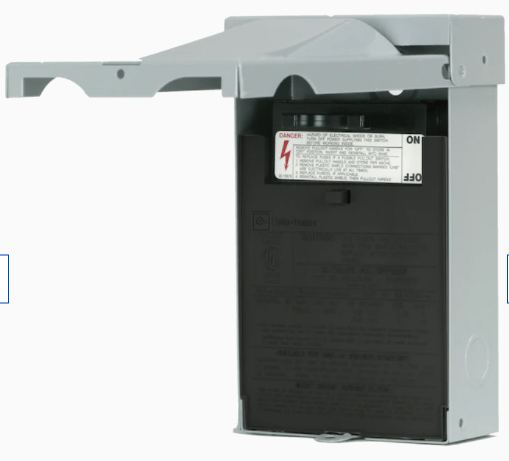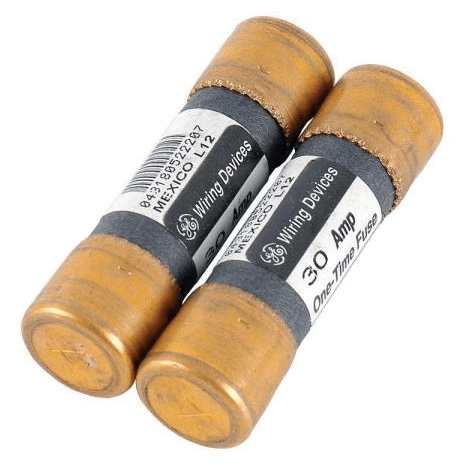“We’ve got no hot water!”
Hoo boy. Yep. Plumbing. That’s on the Dad Duty Roster.
So there was no hot water on the second floor. And I had to figure out why. And I had to figure out how to get it fixed. And, believe it or not, this all ties back to my newfound obsession with Alan Watts. Naturally.
I should state early on that I’m not the handiest of handymen. I was the baby in my family, and I was never raised as a “man’s man.” I don’t know how to change the oil in a car. I can’t change a flat tire. And if something serious goes wrong at the house, I’m on Yelp in no time.
But I’m not totally helpless. I’m a problem-solver at heart. If I weren’t, there’s no way Slope would exist. Or Prophet, for that matter. These entities have been replete with problems, and solve them is my sworn duty. I hate the responsibility, although I’m glad for it after I fix whatever it is that needs to be cured.
So I start with the basics. Check the upstairs circuit breaker. Everything’s fine. Check the downstairs circuit-breaker, even though that should be unrelated. Looks good. Crawl into one of the many spaces of the house which store equipment – – this one, of course, devoted to hot water for the second floor – – and have a look around.
It’s a pretty big house, and we designed the plumbing to have hot water instantly, and to never run out. So there are actually four, not just one, water heaters, all working together for this purpose. Two of them are tankless Rinnai systems. Two of the are big-ass storage tanks of the more traditional variety.
I looked at the Rinnais, and everything seemed fine. The lights were on. The controls worked. There were making the small, reassuring bit of noise that a properly-functioning machine should. So I guess that wasn’t it.
But the big-ass tanks were stone quiet and stone cold. They didn’t appear to have any switches or resets that I could see. But each of them had a thick power cable leading to them, and connected to the other end of each of these two cables was this:

Although I didn’t know it at the time, the above is a 30 amp dual-pole circuit breaker. And as I looked around, I began to suspect that this was an electrical problem, not a plumbing problem.
Now when it comes to electricity, I play it safe. I don’t mind flicking a circuit breaker that’s been tripped. But when I’m confronted by a completely inscrutable box like the one above, forget it. I’ll just call and expert.
You would figure in this day and age, particularly with the pandemic, that electricians would be anxious to get any work. Well, they’re in short supply (or high demand) because I had a devil of a time finding anyone willing to come out. One guy said he was willing to come look at it – – LOOK at it – – for $450.
Being the thrifty sort, I gave myself another chance to figure it out on my own. So I went to the Internet and did every search I could to try to understand the nature of the aforementioned circuit breaker and how to, for lack of a better term, flip the switch. Because unlike a standard panel, in which the switches are as easy to comprehend as a room’s light toggle, this 30 amp box was like a Sphinx. I couldn’t figure out its faceless form. There was a “On’ and “Off” label, but I didn’t see that it corresponded to anything. And every though there were dozens of videos about how to intall them, I couldn’t find a single sheet…………not even a morsel……………to tell me how the goddamn thing operated so I could try to fix it.
Against my better judgment, I started poking around at the thing. I did so with the electricity off (at least I thought it was) and with an insulated tool. Poke, prod, poke. Wiggle wiggle. Nothing. Until, blammo, the plastic panel tumbled off, and I could see the guts of the thing. And then, for the first time, I saw something that I figured I could actually try to change: some big-ass fuses unlike anything I had seen before.

I mentioned being a problem solver. One aspect of this is that I tend to get a sense as to when I’m on the right track. And, for the first time, I had that sense. Even though these things were solid metal, and weren’t the typical kind of glass fuse where you could look inside and see any broken fuse, I had a hunch that replacing those might just do the trick.
I’ll pick up the pace, since I want to wrap this up. I went to Home Depot. I walked up and down the aisles until I found the fuses. And I found what looked like a good match. Headed home. Gently shoved them into their clips. And……….whomp whomp whomp……….heard those big tanks start to come to life. (Ummm, like I said, I had shut off the circuit, but evidently these were powered from somewhere else, so I was dealing with hot boxes the entire time. Jesus).
I excitedly declared to my wife that I, yes, I, Tim Knight, had probably fixed this thing, having gone days without hot water. Half an hour later, I turned on the bath, and it had warm water. Half an hour later, trying again, it was hot. I did it. I figured it out. And I still had $500 in my pocket.
So what? Why am I telling you this? Am I offering my fix-it services as part of the Diamond membership now? Not at all. But it was such a surprising feeling of accomplishment and self-efficacy to have solved the problem on my own, particularly since the web was of absolutely no use whatever.
I didn’t contemplate writing a post about this little experience, but as I was reading my first Alan Watts book, his discussion of the division between “man” and “nature” came to mind. And “nature” doesn’t necessarily mean sticks, dirt, and birds. It can mean self-reliance. Strength. Not leaning elsewhere and in the process withering away a little bit more.
Had I simply paid some guy to fix it, I’d be that much poorer, would have learned nothing, and would have been imperceptibly weaker from the standpoint of self-reliance. The struggle was worth it. The stumbling about was frustrating but was OK in the end. We’ve got hot water again. And it’s because no one was there to help me except myself.

